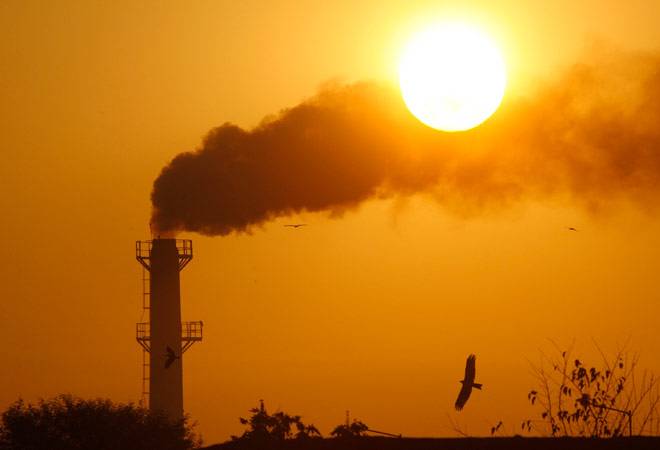-
Tips for becoming a good boxer - November 6, 2020
-
7 expert tips for making your hens night a memorable one - November 6, 2020
-
5 reasons to host your Christmas party on a cruise boat - November 6, 2020
-
What to do when you’re charged with a crime - November 6, 2020
-
Should you get one or multiple dogs? Here’s all you need to know - November 3, 2020
-
A Guide: How to Build Your Very Own Magic Mirror - February 14, 2019
-
Our Top Inspirational Baseball Stars - November 24, 2018
-
Five Tech Tools That Will Help You Turn Your Blog into a Business - November 24, 2018
-
How to Indulge on Vacation without Expanding Your Waist - November 9, 2018
-
5 Strategies for Businesses to Appeal to Today’s Increasingly Mobile-Crazed Customers - November 9, 2018
Are We Nearing Peak Carbon Emissions?
Emissions of carbon dioxide (CO2) from fossil fuels, the main driver of man-made climate change, are set to decline this year for the first time in a period of global economic growth, according to a study in the journal Nature Climate Change.
Advertisement
While there is some good news, Stanford University’s Professor Rob Jackson, lead author of the report, said even if peak global emissions were reached within a decade or two, massive amounts carbon dioxide from burning fossil fuels will still be generated. Even more unexpectedly, emissions are projected to decline slightly in 2015 with continuation of global economic growth above 3% in Gross Domestic Product.
“With two years of untypical emissions growth, it looks like the trajectory of global emissions might have changed temporarily”, said Corinne Le Quéré, the director of the Tyndall Centre at the University of East Anglia.
This has taken China’s emissions growth from close to double digits during the past decade to an extraordinary low of 1.2% growth in 2014 and an unexpected decline by about 4% projected for 2015. As a result, the change could range from a slight increase of 0.5 percent to a decrease of as much as 1.6 percent.
Other organizations have said that world carbon emissions growth stalled past year, after decades of gains.
With carbon dioxide (CO2) emissions from burning fossil fuels, bushfires and deforestation accumulating in the atmosphere, tropical forests are a good way to soak the stuff out of the air.
And while the pause in emissions growth is encouraging, the researchers caution that this year is more likely to be an anomaly than a departure from the trend of emissions growth that began with the Industrial Revolution.
Scientific calculations based on these factors from June to October estimate that this year the world’s atmosphere will receive 0.6 per cent less carbon than in 2014.
Earlier this year, new data showed that China had consumed substantially more coal in 2014 than earlier reported, causing big revisions to carbon calculations. These included China, which emitted 9.7 billion tonnes, followed by the U.S. (5.6 billion), the European Union (3.4 billion) and India (2.6 billion).
Past emissions declines have usually been linked to economic distress, such as the global financial panic of 2009 and the Russian economic meltdown of the late 1990s.
Along with the decreased use of coal, the report pointed to the increasing use of renewables as a key to continuing to address worldwide emissions.
Dr Canadell said this would be a wake-up call for Australia’s mining industry, which has relied on coal exports to China to fuel the country’s energy needs. She points out that emissions need to be cut to near zero to stave off the current trend of a warming climate.
Advertisement
Reconciling developing countries’ right to continue to develop with the world’s need for reduced emissions is one of the highest hurdles that will need to be cleared to achieve a meaningful worldwide climate change agreement at COP21. However, the decrease was attributed mainly to China using less coal in recent years.




























